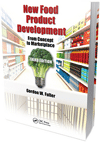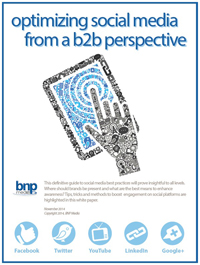Out from the Center

“The center store has truly become the heartbeat of the store,” says Susan Viamari, editor of Times & Trends, SymphonyIRI Group. “Consumers are turning to home-based eating and self-reliant health and beauty care to save money, and the center store has benefited greatly from these consumer rituals. It’s no surprise that competition is heating up, so differentiation will be the key to ongoing success. This is difficult in the center store, but it’s not impossible.”
Currently, CPG marketers are placing a new emphasis on promoting center store categories, which for the purposes of this report include beauty care, beverages, general food, general merchandise, health care and home care.
A review of core center store departments underscores the competitive nature of today’s food and retail environment. Grocers and convenience stores hold a combined 69% share of beverage sales, but convenience store share has climbed nearly one percentage point at the expense of grocery operators during the past year.
Grocers hold the lion’s share, 54%, of general food sales, but share declined sharply during the past year. Convenience store marketers won some of dollar share in this area, but other channels, such as mass merchandisers and club retailers, are very much part of the ongoing competition.
The drug channel saw center store share of sales decline, though not as sharply as grocery. In drug, the sharpest losses come in the health and beauty aisles. In these aisles, strong wins, like a 0.3 share point gain in skin care, were offset by losses in other large categories, such as a 0.8 share point loss in soap.
Unit sales climbed across three of the 10 largest center store categories during the past year: coffee, energy drinks and bottled water. Units declined across the remaining seven categories. These declines clearly underscore the fact that even though the economy is marching toward firmer ground, consumers are still entrenched in a conservative mode and will likely remain there until household finances are on more stable ground.
Despite a conservative marketplace, nearly one-half of the 50 largest center store categories posted above-average unit sales growth during the past year. Three of these center store high-growth categories -- energy drinks, coffee and bottled water -- are among the largest sales-generating CPG products across the multi-outlet geography. Successful innovation is paving the road to growth for many center store categories. In fact, eight of the 10 fastest growing categories benefited from new brand launches which addressed consumers’ needs for exciting food and beverage solutions, sensory stimulation, health and wellness, and convenience. For instance, Febreze Set & Refresh, a decorative air freshener that eliminates odors, and Pediasure SideKicks and Ensure with Revigor, nutritional drinks that target both ends of the age spectrum, are examples of new products that met consumers’ needs.
Merchandising support increased across 42% of center store categories during the past year, with sizable increases posted across a variety of center store categories. This trend indicates that center store marketers know they stand to reap great rewards from capturing the attention and spending of today’s shoppers.
In three of the 10 largest center store categories -- coffee, energy drinks and chocolate candy -- merchandising support increased. New product launches catalyzed increased support for chocolate candy, while increased support for coffee was due, at least in part, to substantial price increases. Clearly, coffee marketers are looking to balance inflation with enticing promotions to help maintain demand. The sharpest decline in merchandising support came in carbonated beverages, where there has been an increased presence of private label products during the past several years. Typically, these store brand options do not generally get the same level of merchandising support as their brand name counterparts. In addition, some sizeable retail banners do not merchandise the carbonated beverages category as heavily as others.
“In the end, the winners in the battle for share of spending and loyalty in the center store will be those that provide superior products and a better, more relevant selection in the center store,” adds Viamari. “This means products that are tightly targeted against the needs of a retailer’s shopper base. This will not only prevent customers from defecting to another retail banner, but it will also lure them into the center store and encourage them to buy products there versus competing perimeter department solutions.”
Looking for a reprint of this article?
From high-res PDFs to custom plaques, order your copy today!







